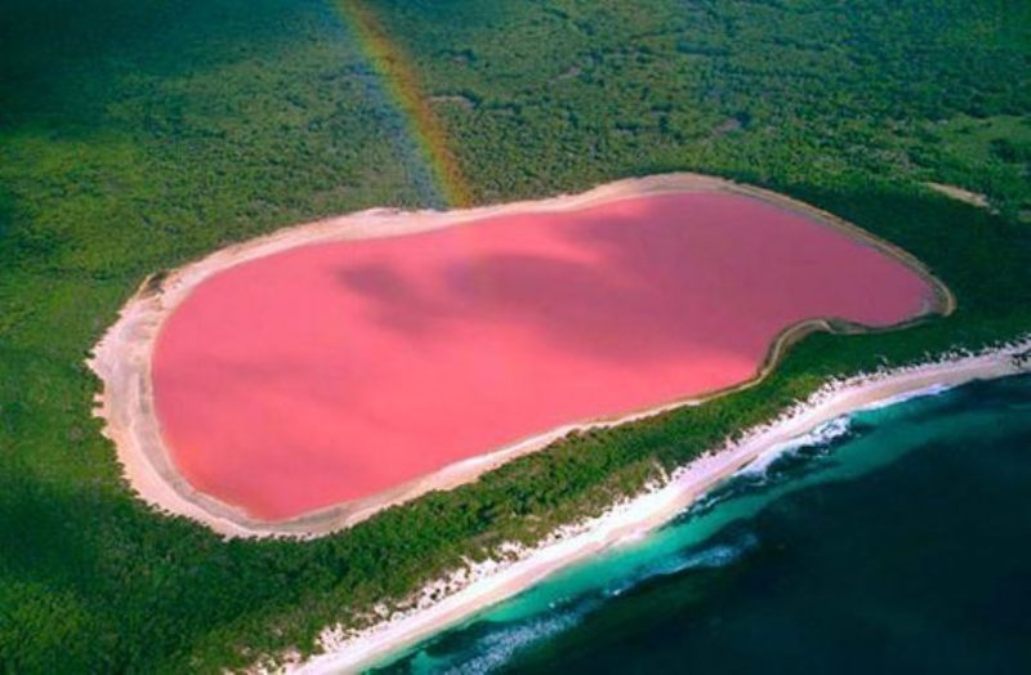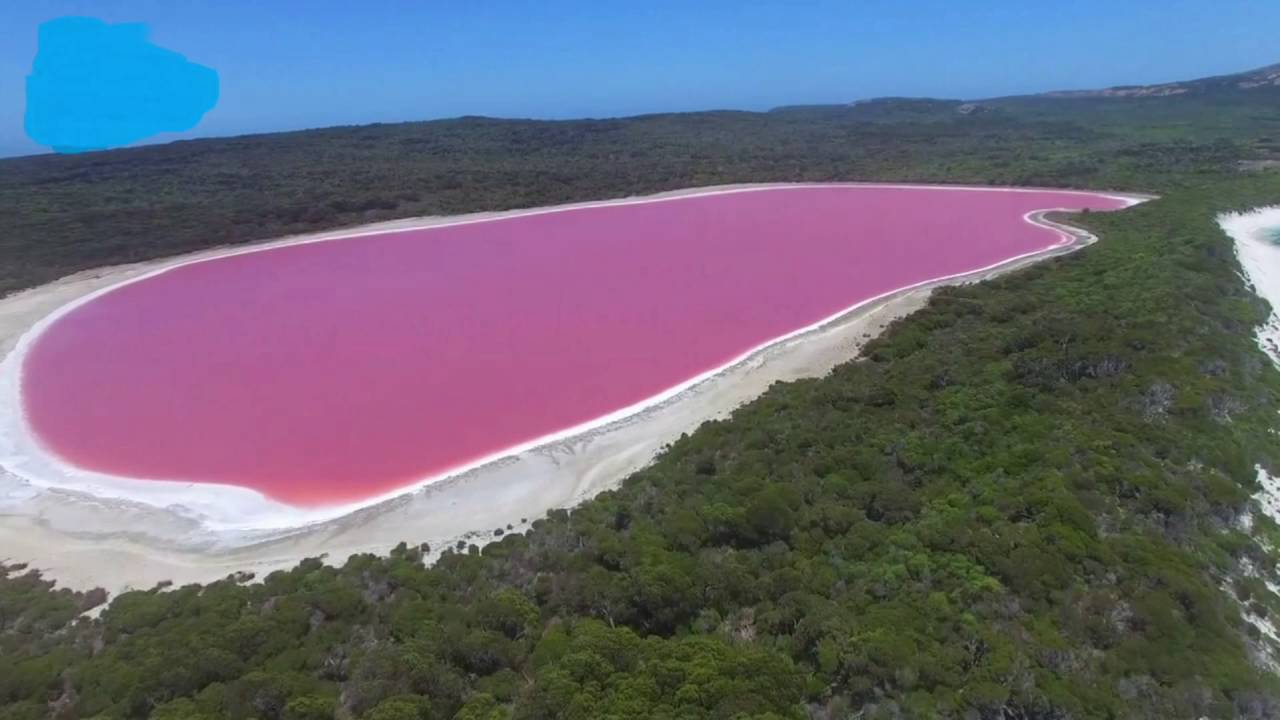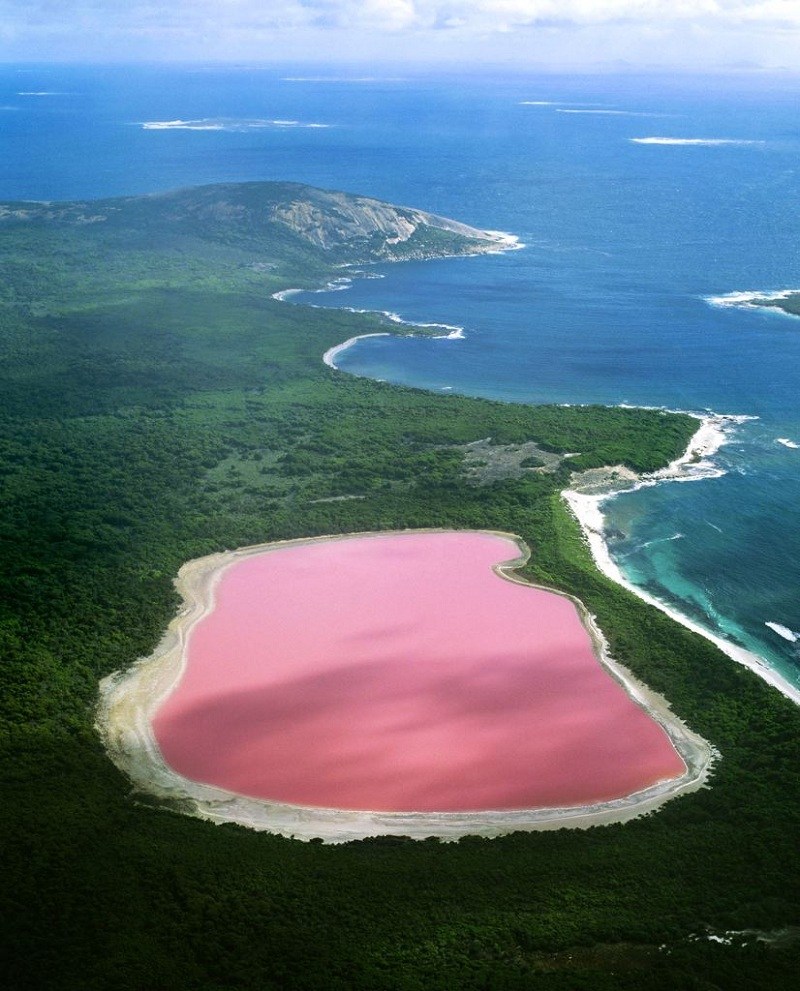
The Recherche Archipelago is a chain of islands off the southern coast of Western Australia and Lake Hillier is located on the desolate Middle Island, the largest in the archipelago. The lake is quite small, its length is 600 meters, width no more than 250 meters. It is closely guarded by Paperbark and Eucalyptus trees, with a narrow strip of sand dunes covered with wild vegetation separating its northern fringe from the northern coast of the island.


Lake Hillier is famous for its bubble gum pink colour. Compared to other pink lakes around the world, the waters of Lake Hillier is still distinctively pink even when it is taken in a container. The Hillier Lake was discovered in 1802 by Matthew Flinders, a British explorer who captained the HMS Investigator. He took samples from the lake and mentioned its existence in his journal.


Though the reasons behind the unusual colouring of the other pink lakes, like the nearby Pink Lake and the Lake Retba of Senegal, are confirmed, the unique gum pink colour of Lake Hillier is still an enigma to the Scientists. Other pink lakes regularly change colours in accordance with temperature fluctuations. However, Lake Hillier maintains its pink shade throughout the year. It is suspected that the captivating pink colour is due to the presence of ‘Dunaliella Salina microalgae’ in the lake water. This microalgae reacts with the salt content in the lake to produce ‘carotenoids’, a pigment found in carrots as well. The presence of ‘Halophilic Bacteria’ in the salt crusts could be another reason. However, despite the unusual hue, the lake exhibits no known adverse effects upon humans.


In the early 20th century, salt was mined from the lake for a period of six years. However, since 2002 it is considered to be a wetland of ‘sub- regional significance’